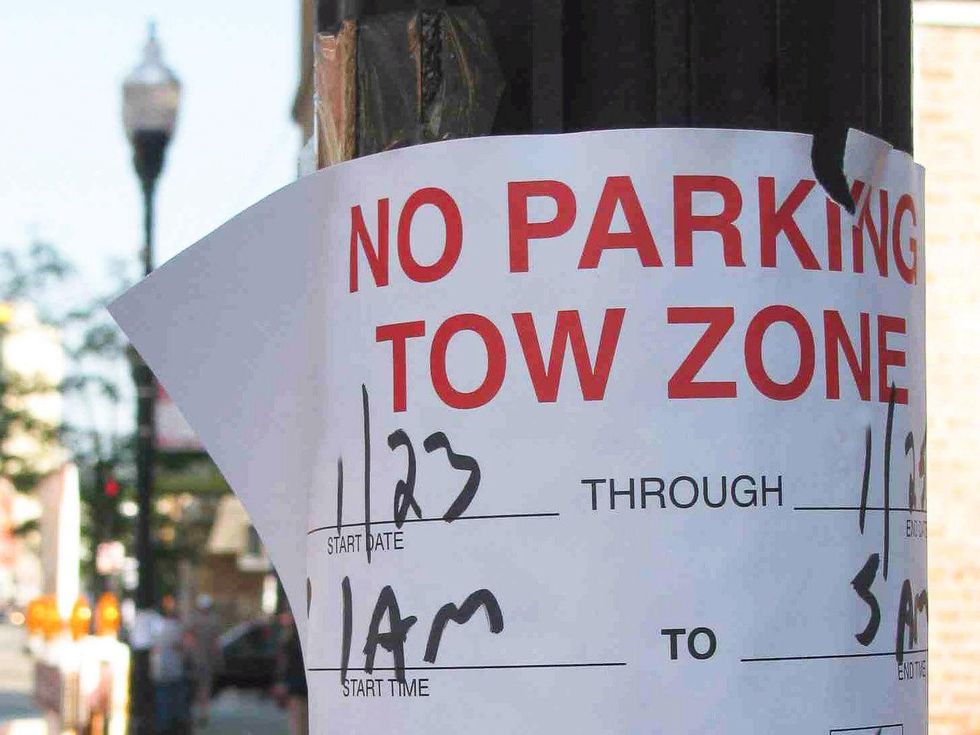2,000 square feet controversy
City planners not budging on new bar & restaurant parking rules: Is H-Town's national cred in danger?
The wood-paneled chambers of Houston City Hall were filled with residents hoping to weigh in on two issues crucial to Houston's future at the Housing, Sustainable Growth and Development committee hearing on Wednesday: Changes to the Chapter 42 Code of Ordinances and to the Chapter 26 Off-Street Parking Ordinance.
For the latter, the city's Planning and Development Department is looking to reassess required numbers for parking spaces on everything from bowling alleys to barber shops to bars, an undertaking that requires consideration of where Houston is today as well as projected future growth.
For an unzoned city that's attempting to increase its population density and general walkability, more parking lots — and with it, continued car dependence — seems simultaneously crucial and impossible. Fighting back against unchecked requirements is Organized Kollaboration on Restaurant Affairs (OKRA) and its president, Bobby Heugel.
The group considers the additional parking burdens as cost-prohibitive to the bar owners and restaurateurs who have brought Houston's culinary scene national attention.
Since the beginning, OKRA has particularly taken issue with the increase in parking requirements for new bars and restaurants, a 40 percent increase in the former (up from 10 spots to 14 per 1,000 square feet of service area) and a 25 percent increase in the latter (up from eight spots to 10 per 1,000 square feet).
The group considers the additional parking burdens as destructive to entrepreneurship and cost-prohibitive to the bar owners and restaurateurs who have brought Houston's culinary scene national attention.
In Nov. 2011, OKRA proposed a tiered approach that would loosen requirements on small bars and restaurants depending on square footage, a suggestion that the Planning and Development Department incorporated into its framework — but with a catch.
The maximum threshold for a "small" bar or restaurant has been set at 2,000 square feet of gross floor area (rather than OKRA's recommended 4,500 square feet) — a restaurant/bar size that Heugel argued on Wednesday was "fictitious."
"Right now we're comfortable with 2,000 SF," Brian Crimmins, chief of staff of the city's Planning and Development Department, told CultureMap via email. However, he said, he has reached out to Heugel about visiting sites and getting information that would justify raising the threshold for the "city-wide parking standard."
"What seems to have been lost in this discussion so far is how the proposed amendments allow for the creation of the Special Parking Area designation."
"We have listened to and agree with our citizens that areas that tend to have a higher pedestrian, bicycle, or transit traffic need to be treated differently," he continued. "What seems to have been lost in this discussion so far is how the proposed amendments allow for the creation of the Special Parking Area designation."
Crimmins acknowledged that the latter is a two-step process: The new rules must be adopted so that the city has "the legal framework in place to allow for the creation of these Special Parking Areas."
In the meantime, the Planning and Development Department will continue to receive feedback from the community and from City Council (Council Member Melissa Noriega suggested on Wednesday that the "arbitrary numbers" for parking at bars needs more discussion, and Council Member Ed Gonzalez noted that the one-size-fits-all approach doesn't work for parking) in shaping the ordinance.
Amendments to the Off-Street Parking Ordinance will go next to the full City Council to determine the next opportunity for public input. And so continues Houston's parking saga.
Amendments to the City of Houston's Off-Street Parking Ordinance must take into account consideration of where the city is today as well as projected future growth.


